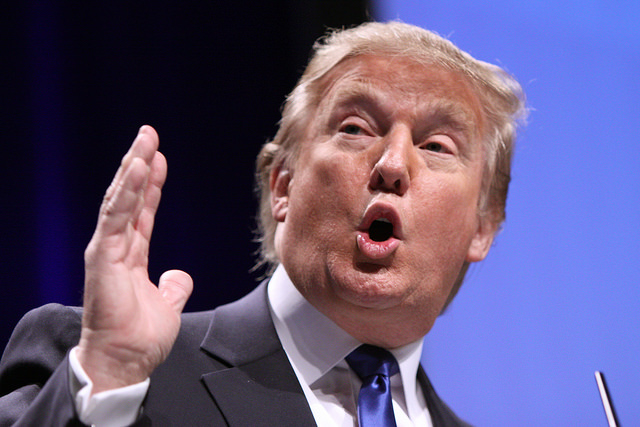
Codifies policy role for campaign’s trade adviser, Peter Navarro.
President Donald Trump, a man who has contemplated Citizen Kane, gave a big ol’ speech in Harrisburg, Pennsylvania this week. It was identical in style to speeches he delivered during campaign rallies: A style I like to call freewheelin’.
He talked about the “failing” New York Times:
“Pretty soon they’ll only be on the Internet. The paper is getting smaller and smaller, you haven’t noticed? It’s getting to look like a comic book!”
He talked about the wall on the southern border:
“We’re building the wall, folks. Go to sleep. Go home, go to sleep, rest assured.”
And he lengthily explained why he bailed on his campaign promise to name China a currency manipulator:
"China is helping us, possibly or probably, with the North Korean situation!"
He didn’t talk a lot about the specifics of the executive orders he signed before the rally began. But they were important!
One reassigned Trump’s trade adviser, Peter Navarro, from the months-old National Trade Council to the even more new Office of Trade and Manufacturing Policy.
This move would appear in line with the president’s goal to shift the United States to a more hawkish position on trade issues, as Navarro is a clear trade hawk who has been involved in the administratoin's internal policy clashes. While it appears the National Trade Council briefly lead by Navarro will disappear, this move establishes a more permanent role for him in the administration. As Commerce Secretary Wilbur Ross told CNBC, Navarro is part of "kind of a triumvirate" on trade along with Ross and to-be-confirmed U.S. Trade Representative Robert Lighthizer.
The other order directed the Commerce Department to prepare a review of existing U.S. free trade agreements to determine whether they’ve delivered the results predicted when they were signed. This will create even more work for your boy Ross, who will have approximately six months to return this review to the president’s desk.
When I say more work for Ross, I mean it; the Trump administration has already announced several orders pertaining to trade, all of which are studies at this point. There are two to investigate steel and aluminum dumping, another to determine how many outstanding tariff fees are owed to the U.S. government and how best to collect them; and another to offer plans to “reduce the trade deficit. And there are others still.
Suffice it to say: Trump has a lot of trade irons in the fire. Whether all of these studies produce results is what will ultimately determine the legacy of his new presidency.
